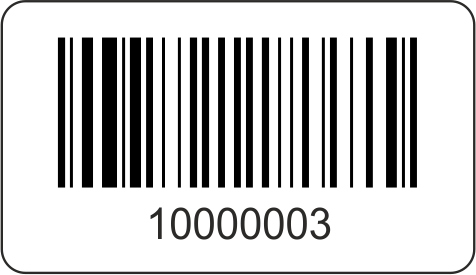1D Barcode (one dimensional barcode)

1D barcodes, also known as linear barcodes, are a type of barcode that encode limited amounts of data in a series of lines of varying widths and the spaces between them. They are the most common type of barcode used for product identification, inventory management, and point-of-sale scanning.
1D barcode formats
There are several formats of 1D barcodes, including UPC, EAN, Code 39, Code 128, and Interleaved 2 of 5. Each format has its own specific characteristics and requirements, such as the number of digits that can be encoded and the size of the barcode. 1D barcodes can be read by both optical laser scanners and imagers/cameras.
1D barcode examples
Examples of 1D barcodes can be found on almost every product in a store. UPC barcodes, for instance, are commonly seen on food items, while Code 39 barcodes are often used in the automotive industry. These barcodes are scanned by handheld barcode scanners or point-of-sale systems to retrieve product information and pricing.
1D barcode symbologies
1D barcodes use different symbologies to encode data, which determine how the lines and spaces are arranged to represent the encoded information. Common symbologies include Code 128, Code 39, and EAN-13. Each symbology has its own unique set of characters and encoding rules, allowing them to be used in different applications and industries.